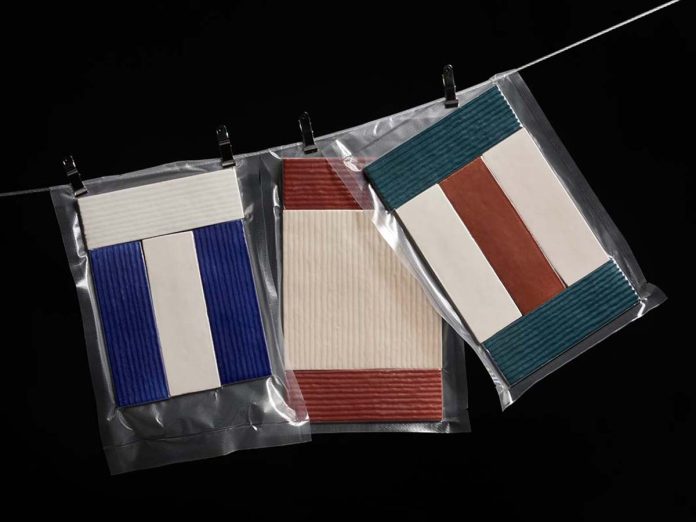In the field of interior design, ceramics are experiencing a period of renewed glory. Thanks to a mix of innovation and the recovery of old practices and traditions, the ceramic market today is no longer limited to functional tiles and wall coverings, but also extends to art and design, becoming a key element for expressing style and personality in spaces. And the Italians are still at the forefront. Leonardo Tavani, Vice President of Marketing and Customer Service & Distribution at Marazzi, told us: “Italian ceramic products are still the most appreciated in the world, recognized as carriers of valuable content. Maintaining leadership in product innovation while continuing to invest in human skills and new technologies is, in my opinion, a great opportunity and a great challenge”. Here are some of the hottest trends of the moment.
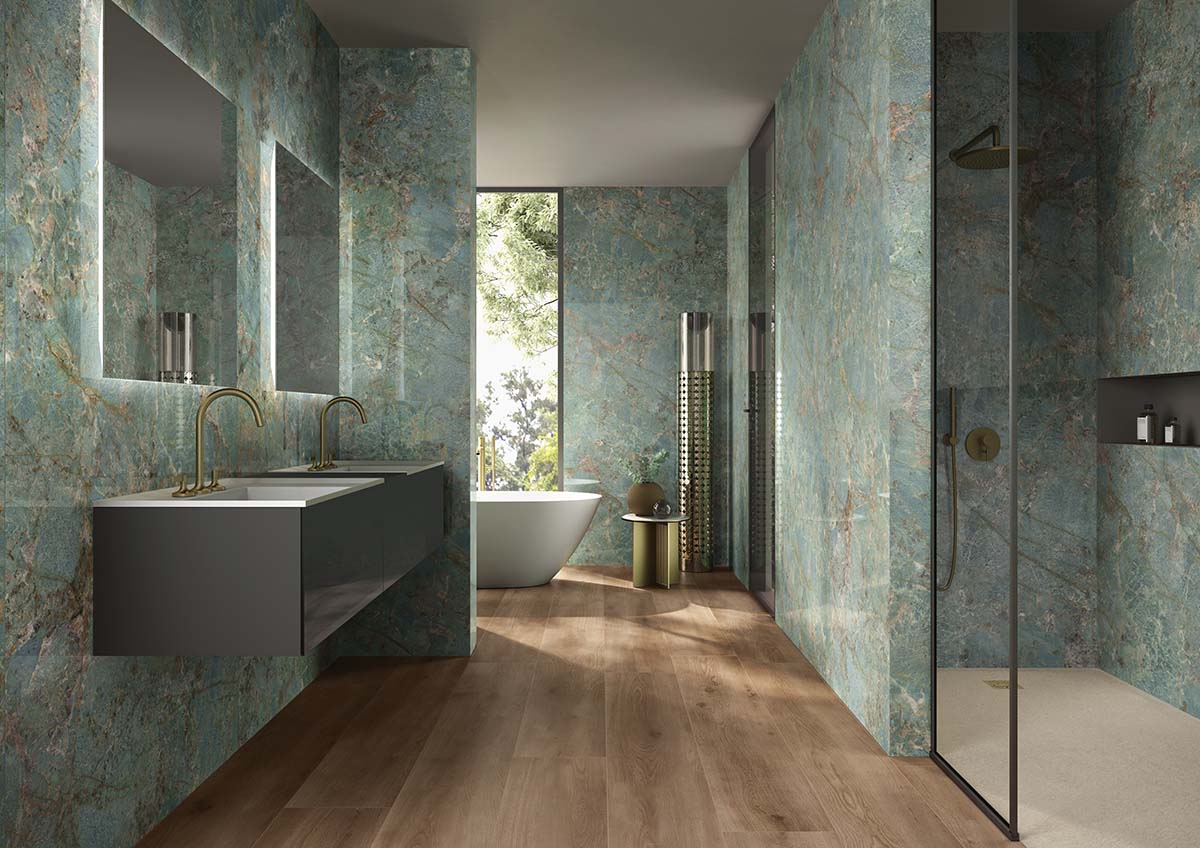
Materiali sostenibili e soluzioni igieniche
(Anche) nelle ceramiche, l’attenzione alla sostenibilità è un aspetto di enorme importanza. Le aziende investono in sistemi di produzione a basso impatto ambientale, (ri)utilizzando materiali di scarto e tecnologie che riducono il consumo di acqua ed energia. Il Centro Ceramico di Bologna, in tal senso, lavora da diversi anni allo sviluppo di un nuovo impasto ceramico in cui almeno il 60% delle materie prime siano costituite da materiali End-of-Waste.
Analogamente, l’innovazione tecnologica coinvolge le proprietà “igieniche” delle superfici, dotandole di materiali antibatterici e autopulenti che possono ridurre la proliferazione di batteri e garantire ambienti più salubri, in particolare nei luoghi dove l’igiene è fondamentale, come cucine di ristoranti, bagni e ospedali. L’esclusiva linea PROTECT® di Panaria Ceramica, ad esempio, può contare su uno scudo agli ioni d’argento incorporato nelle piastrelle che elimina fino al 99,9% dei batteri.
Sustainable Materials and Hygienic Solutions
In the ceramics industry, attention to sustainability has long been a major issue: on the front of energy consumption, a major cost item, but not only. Companies are investing in low environmental impact production systems, the (re)use of waste materials and technologies that reduce water and energy consumption. In this context, the Bologna Ceramic Center has been working for several years on the development of a new ceramic body in which at least 60 percent of the raw materials are end-of-waste materials.
Technological innovation also includes the “hygienic” properties of surfaces, providing them with antibacterial and self-cleaning materials that can reduce the proliferation of bacteria and ensure a healthier environment, especially in places where hygiene is paramount, such as restaurant kitchens, bathrooms and hospitals. Panaria Ceramica’s exclusive PROTECT® line, for example, relies on a silver ion shield embedded in the tiles that eliminates up to 99.9% of bacteria.
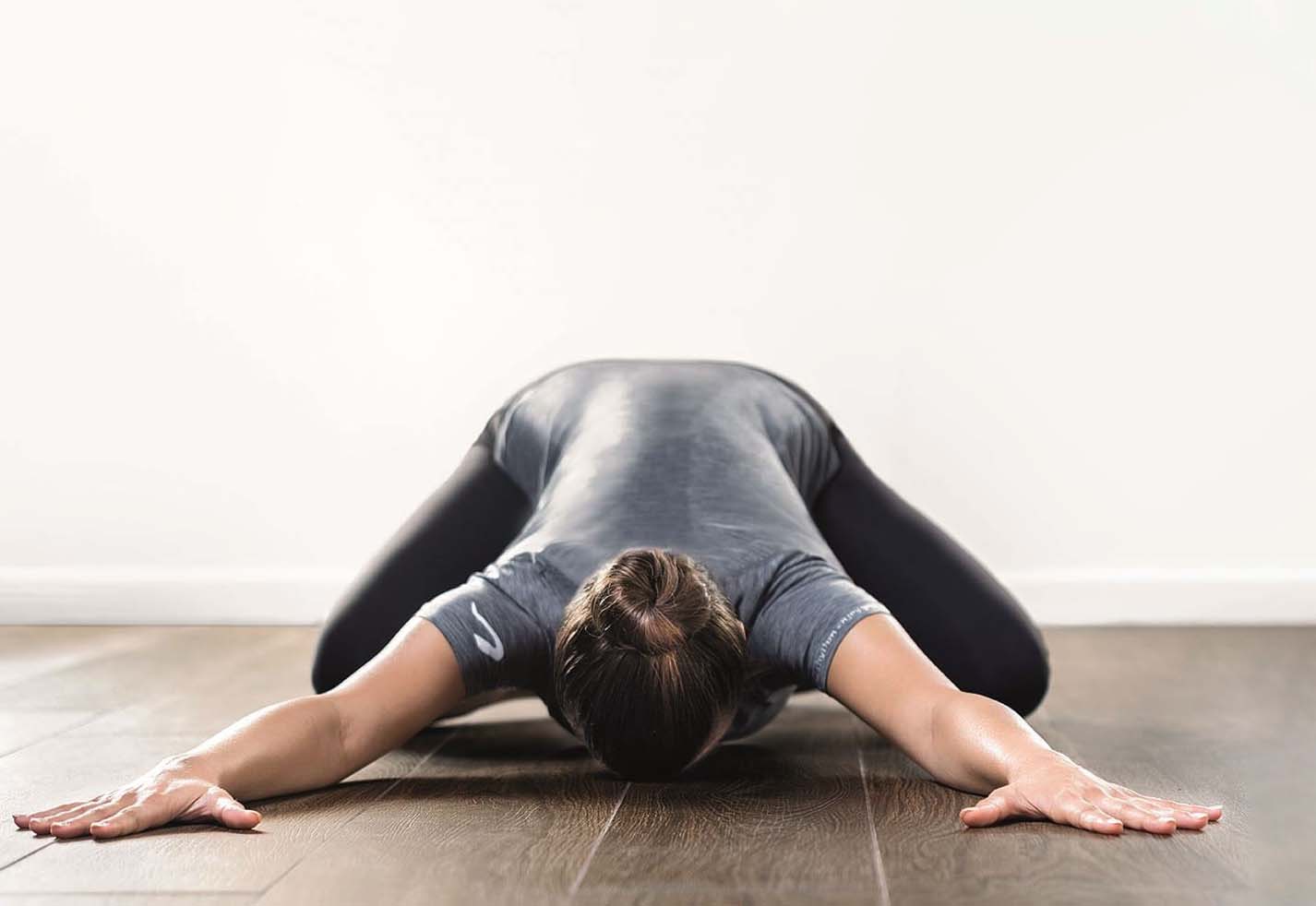
Tactile textures and 3D effects
One of the most fascinating trends is undoubtedly the use of textures that invite the touch, such as those found in the Grayn collection by Ceramiche Refin, which will be presented along with other new products at the 41st edition of CERSAIE, the International Exhibition of Ceramic Tiles for Architecture and Bathroom Furnishings, in Bologna until September 27. The ceramics are no longer just smooth and shiny, but feature reliefs, ripples and three-dimensional effects that play with light and give depth to spaces. Refin also made its first mark on the art scene during Milan Design Week 2024 with the presentation of Glint, a site-specific work by Quayola, as part of the “Refin DTS – Daring Art Explorations” project.
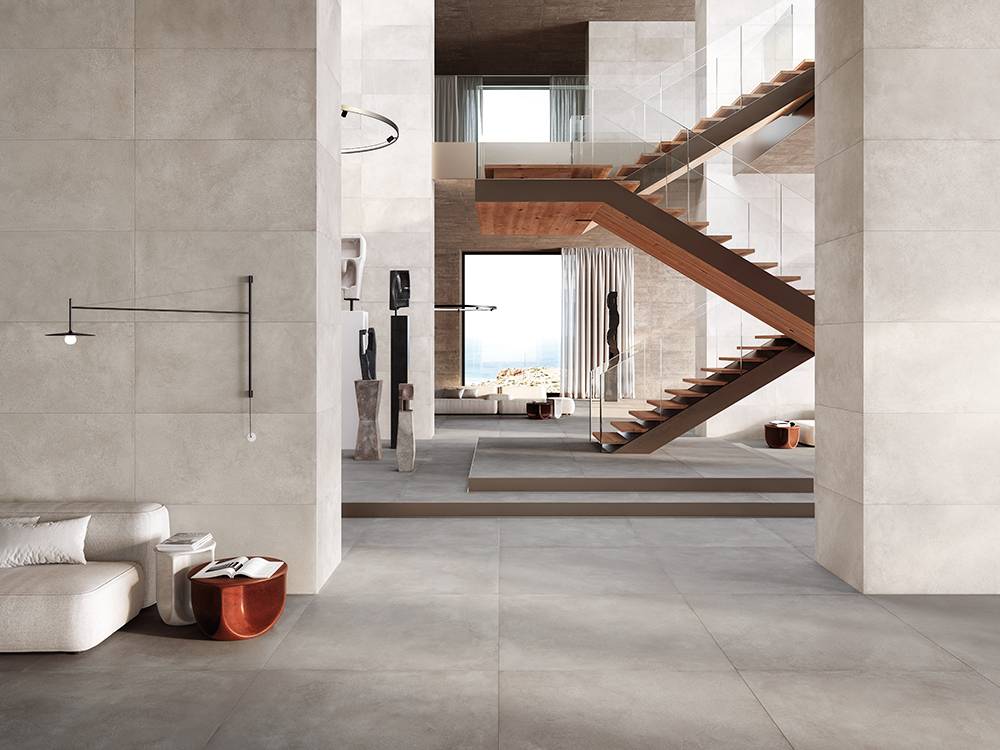
Artistic decorations and customization
As we have seen, the development of digital technologies is turning ceramics into a blank canvas for artists and designers, who can now print increasingly complex graphics, illustrations and custom decorations on tiles, bringing a new creative dimension to the industry. Customization is a growing trend, with consumers demanding – and designers creating – unique solutions for projects. That’s what Federica Biasi does with the Kimono collection for Decoratori Bassanesi, which takes its inspiration from traditional Japanese clothing to reproduce different geometric designs and/or patterns on tiles.
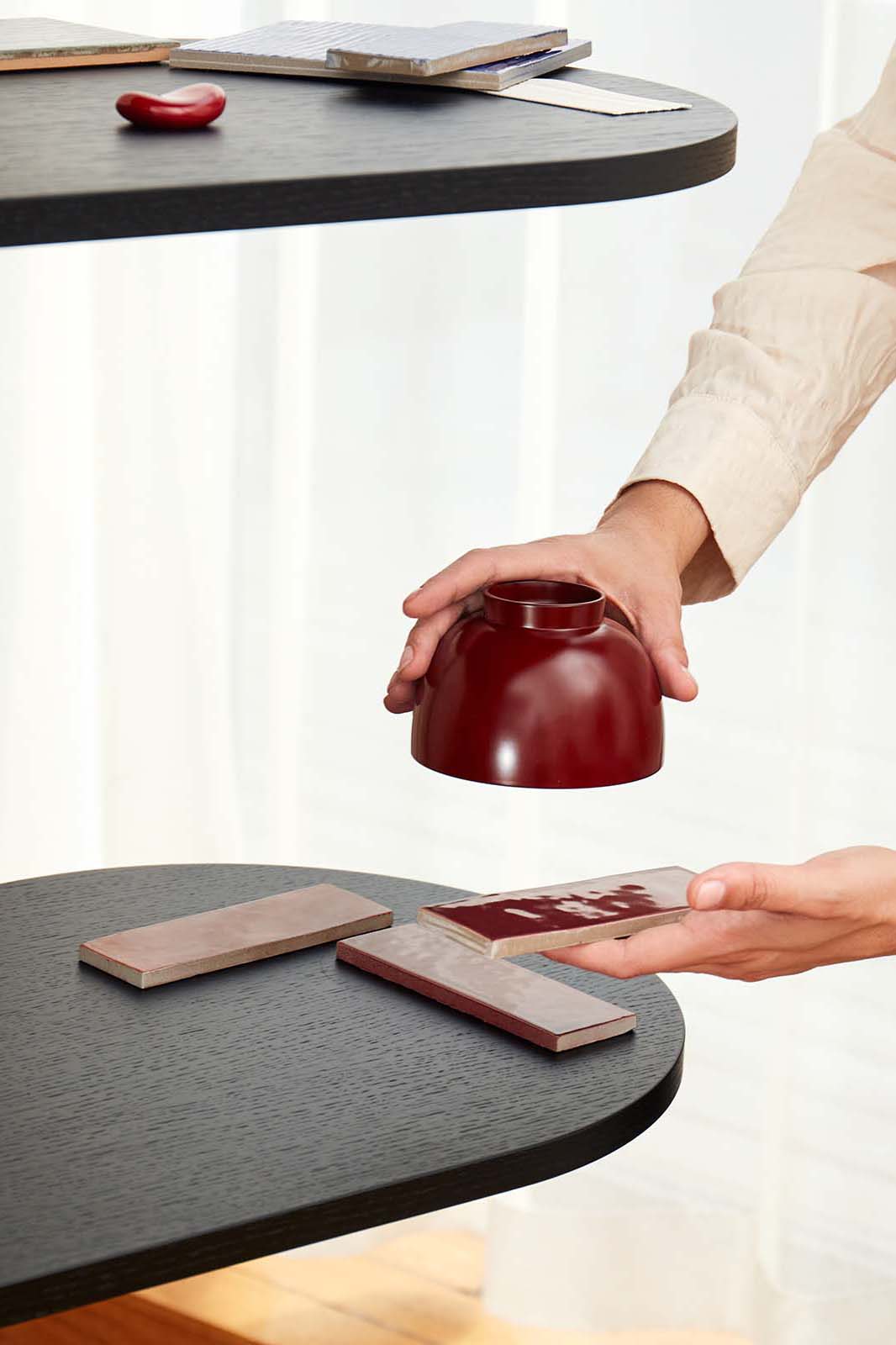
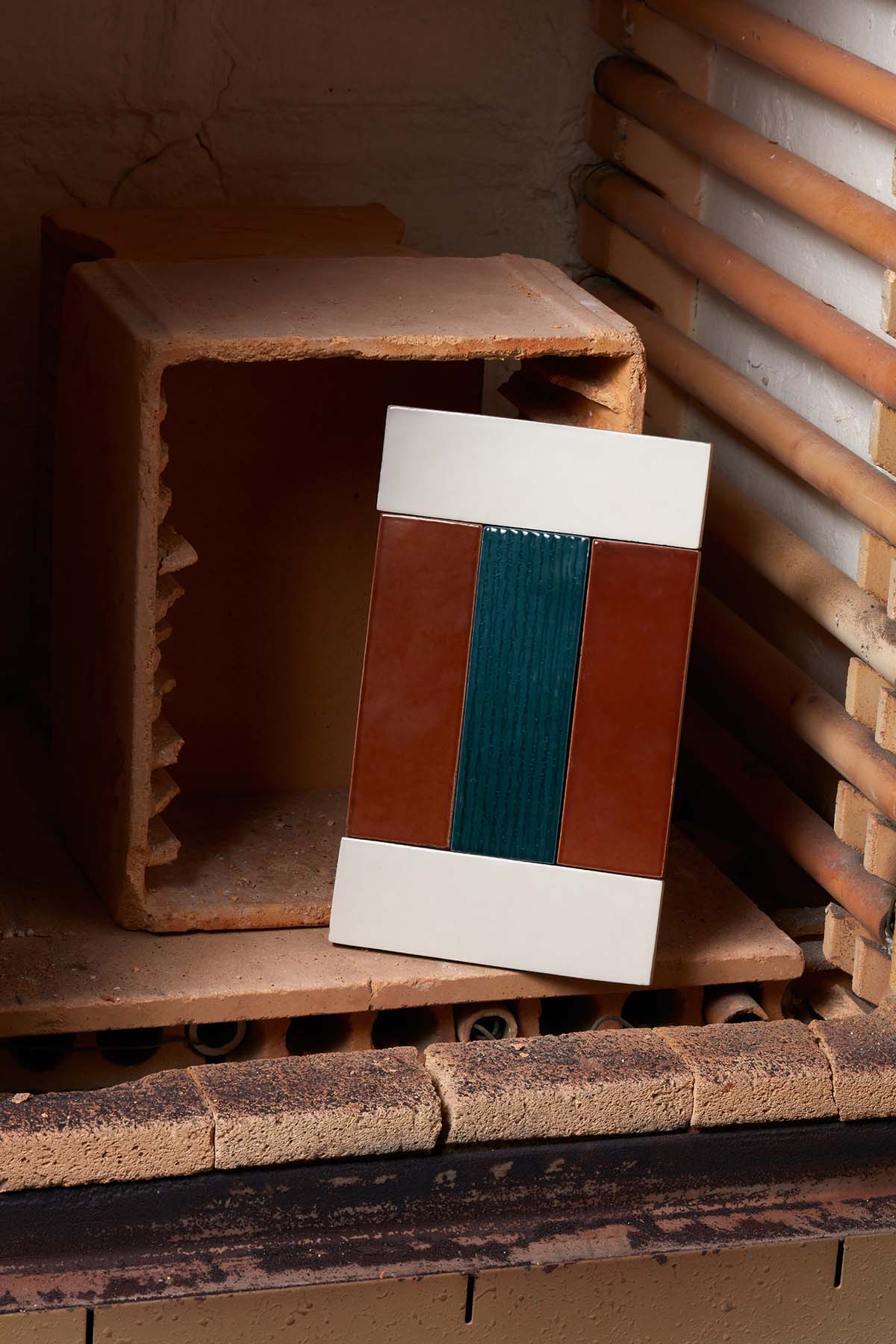
Natural colors and shades
Earthy tones such as beige, terracotta, moss green and stone gray dominate the scene, but charcoal black and dark brown also fill the spaces of bolder designs. All of these tones evoke feelings of serenity, well-being and connection to nature, and work well in both modern and more rustic interiors. The ELIE SAAB collection, produced and distributed by RAK Ceramics, is one of the most luxurious and exclusive products in the industry: together with the famous Lebanese fashion brand, a global symbol of luxury and elegance, the Saudi Arabian ceramic brand has created eclectic and sophisticated lines with refined yet contemporary color combinations.
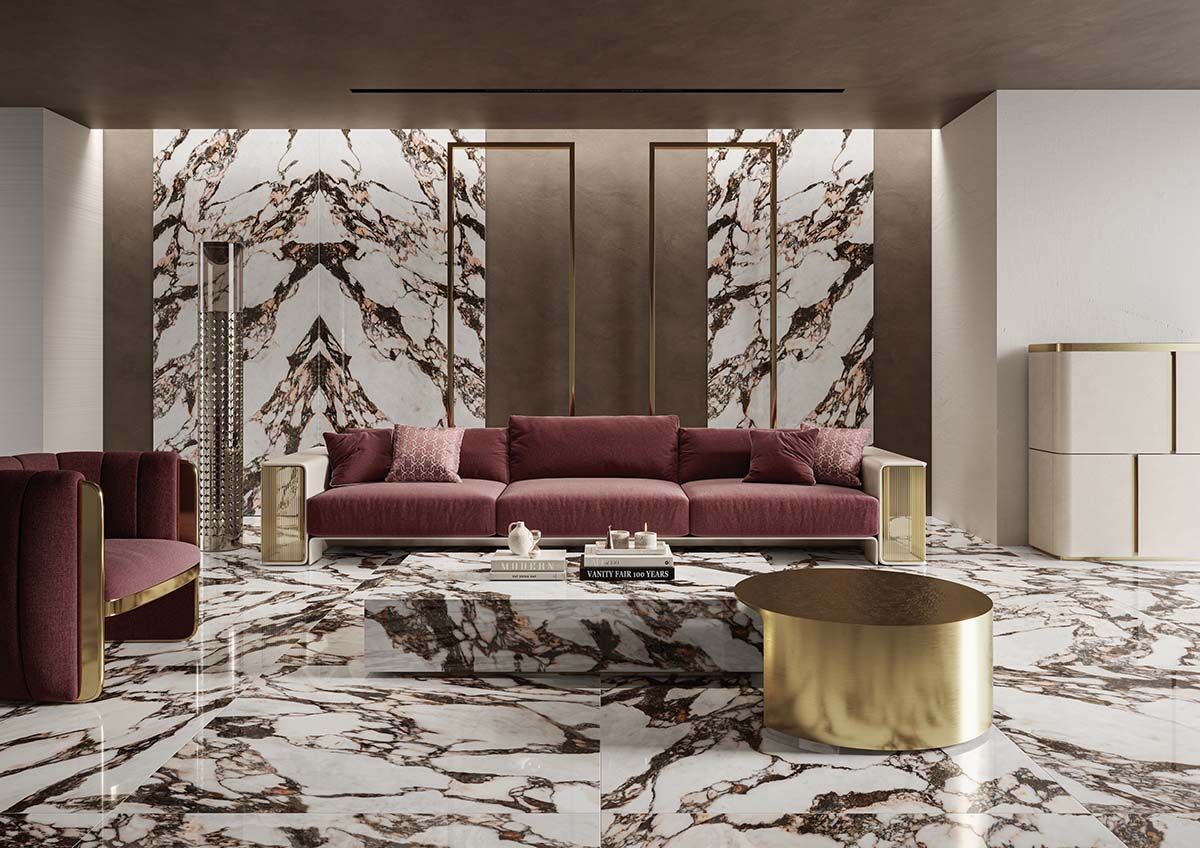
Retro style and a return to the past
In parallel with innovation, there is a return to ceramics of the past and to tradition. In particular, the geometric patterns of the 1960s and 1970s are back in fashion, as are handmade glazed tiles. Such designs, reinterpreted in a modern key, offer a bridge between the traditional and the contemporary, lending a sense of authenticity to spaces. The aforementioned artistic director of Decorbatori Bassanesi, Federica Biasi, has also designed the Wă collection of wall tiles for the same company, inspired by her memories of traveling in China and faithfully but creatively reproducing the shapes of pagoda roofs and the architecture typical of rural houses.
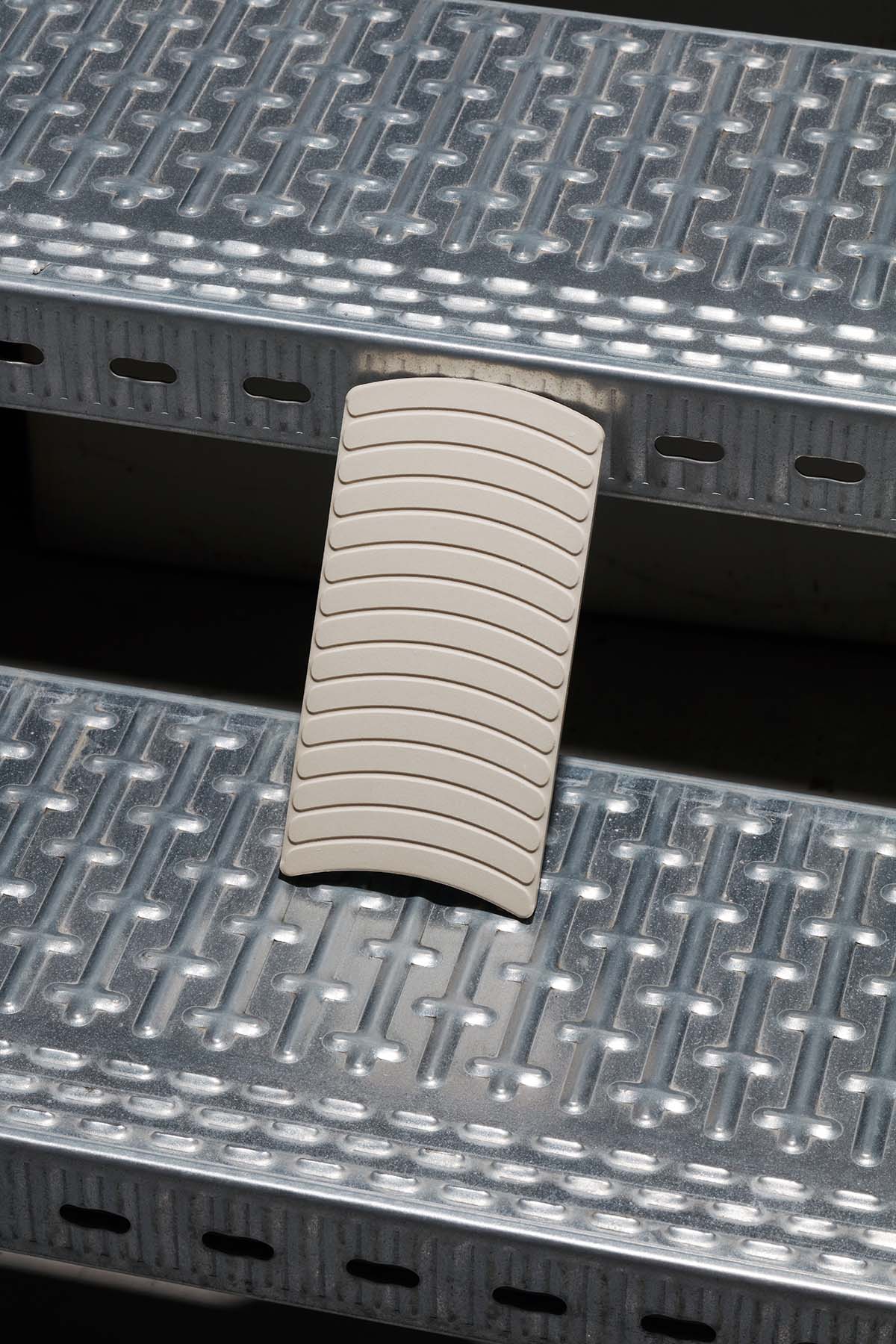
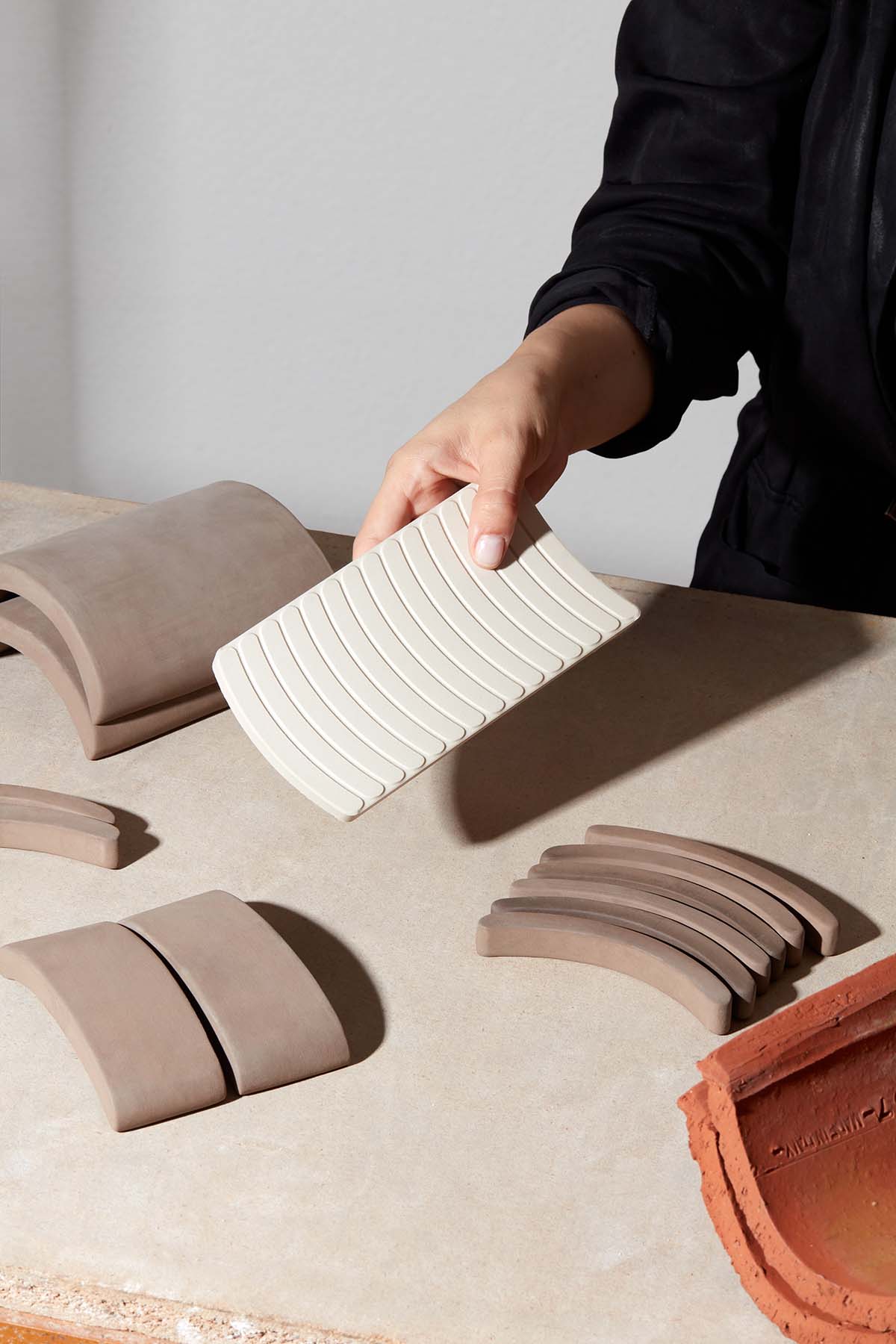
In short, the new trends in ceramic tile design show a balance between aesthetics and functionality, with an increasing focus on sustainability and customization, offering creative and technological solutions to transform any space into a truly unique and contemporary environment.

